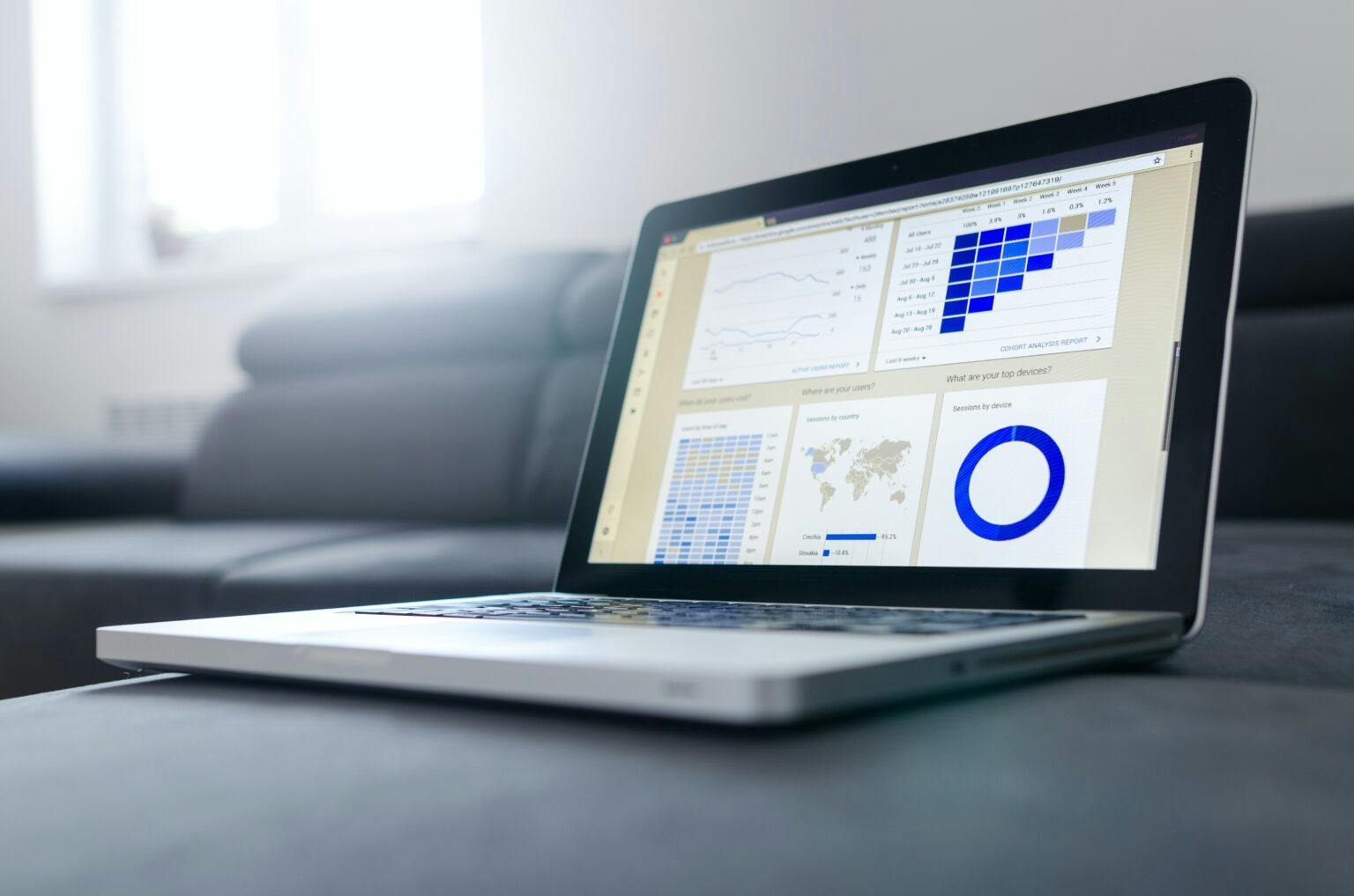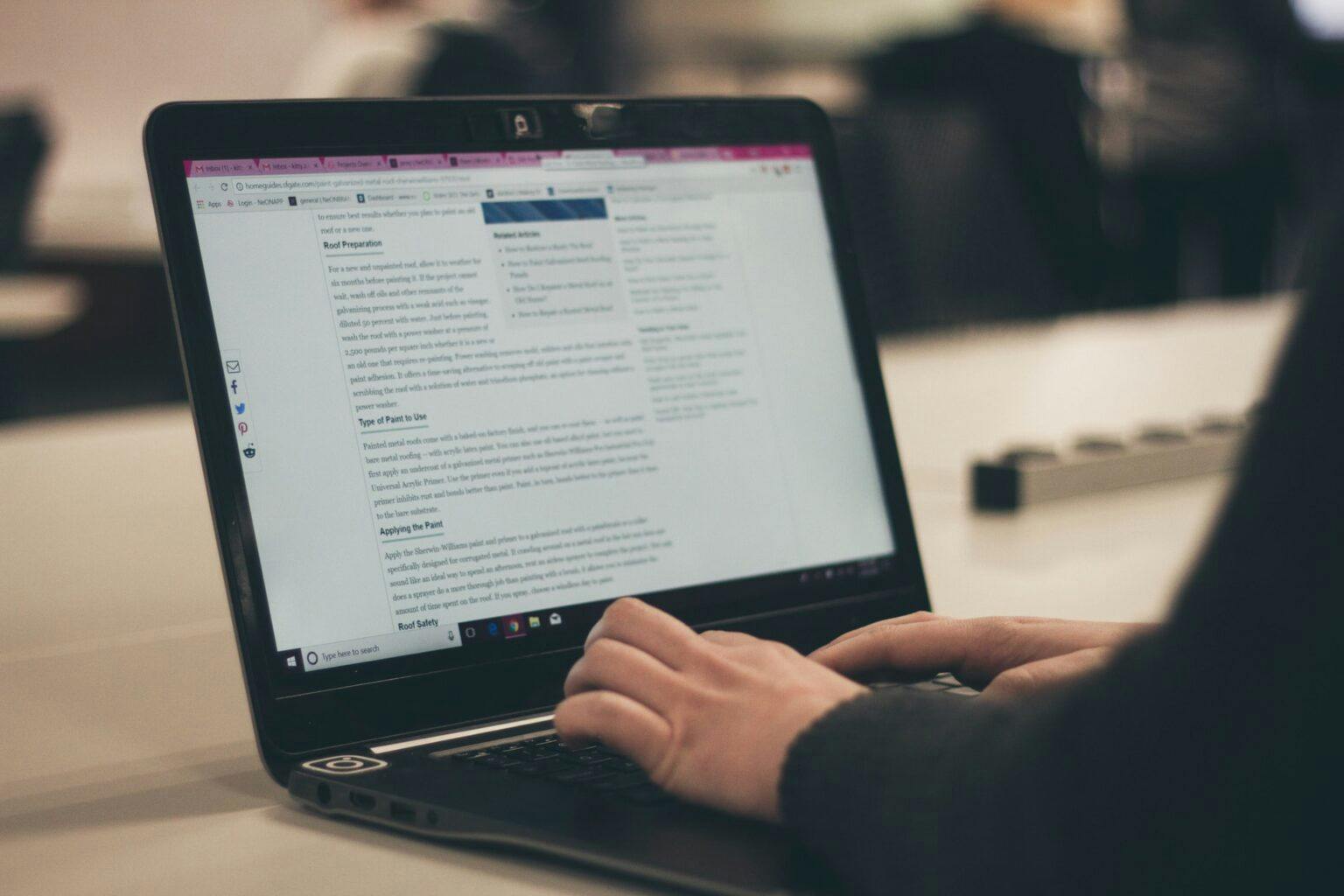What Makes For A Great Ecommerce Landing Page?
Published August 3, 2018 by Bryan Miller
The ecommerce world is intensely competitive, packed with countless brands big and small fighting over the huge sums of consumer spending on the digital table. With data suggesting that global ecommerce spend will come close to hitting $5 trillion by 2021, there’s all the incentive an online retailer could ever need to search for ways to get an edge over their competitors.
While there are numerous distinct elements of the digital marketing process that can benefit from optimization, the landing page is the clear standout. Get it wrong, and all of your hard-earned hyper-relevant traffic will go to waste — but get it right, and you’ll find your store turning skeptical visitors into loyal customers.
Let’s review what a landing page consists of, and consider the different factors that go into making an ecommerce landing page exceptional.

What is a landing page?
A landing page is a page designed to receive visitors from a particular call to action (CTA) and push them towards the associated conversion. You can have a landing page for a special offer, PPC (pay-per-click) campaign, a particular product, or your entire store, depending on what you’re promoting.
The classic landing page format is fairly stable. Let’s run through it:
- Echo the link that brought the visitor to the page. You can simply repeat it, or you can go down the route of building on it slightly. If I prove a hyper-specific link such as ‘find a business for sale in Los Angeles’ and you click on the link, seeing “Businesses for sale in Los Angeles California” as the heading should work well enough — something more vague like “Running a business is really fun” wouldn’t prove as effective.
- Elaborate upon the conversion prospect. Now that you’ve confirmed what the page is all about, you can launch into your full media-rich sales pitch (Apple is the master at this with its legendary design work). You should highlight features, unique selling points, advantages relative to competitors, and anything you can think of that will further tempt the reader to make a purchase by the time they reach the moment of truth towards the end of the page.
- At the most appropriate time, give them an option to convert. The most appropriate time will depend on the page and the product. Read through everything you have and ask yourself one question: at what point will the reader feel most convinced to buy? Place the conversion CTA at that exact point — no earlier, and no later.
While a landing page isn’t technically necessary for a conversion funnel — you can link people directly to your homepage, for instance — it is extremely valuable, for reasons we’ll cover next.
Why is a landing page so important for ecommerce?
If your ecommerce business were a standard retail business, the landing page would be a greeter. It welcomes visitors, reassures them that they’re in the right place, gives them a good impression of the business, and tells them how they can get what whatever they’re looking for. But though greeters aren’t all that important, landing pages are — and it’s all because of the difference in available information.
When you visit a brick-and-mortar store, you can see what it’s about from the furnishings and the items in the window, and you can safely assume that the stock consists of whatever is visible inside. But when you visit an online store, you might have very little idea of what it actually does, and a lot of the products might be hidden in menus you don’t fully understand.
Furthermore, if you go a physical store, that’s relatively likely to mean that you’re settled on shopping there. It costs you nothing to click on a CTA online, and there’s every chance that you’ll reach the landing page with little to no interest in actually buying anything — so the landing page has to perform a miracle to get you hooked.

The features of a great ecommerce landing page
Now that we’ve established what a landing page is, and why it matters so much in the ecommerce world, let’s take a look at some of the main hallmarks of a highly-converting ecommerce landing page:
An eye-catching lead image
There’s an excellent chance that the lead image will be the first thing the visitor seems when they reach the landing page (preceding the heading), so it isn’t an overstatement to say that it’s critically important. You should consider the following elements:
- Resolution. The image needs to crisp, clean, and high-quality. When sourcing the image to begin with, aim to get as high a resolution as you can, then resize the image as needed to suit the page (as viewed on different devices).
- Relevance. You might think a picture of a sunset looks very nice, but unless the product you’re selling is a SAD light or a pair of sunglasses, it doesn’t belong as your lead image. As a background, perhaps — but the lead image should almost always be the product.
- Appeal. Even if your lead image is just a photo of your product, make sure that it makes the product look its best. That means using good photography equipment in favorable lighting with no dirt or damage on the item.
- Contrast. Putting a glossy photo of a metallic grey product against a background of metallic grey isn’t a good idea. The image needs to stand out against its environment, so adjust the background as needed to make it happen.
Stylistic consistency
Different websites use different shapes, fonts, link styles, icons, colors, etc. This external variation is a good thing, but internal variation is not. Within your website, and certainly within your landing page, you need to maintain total consistency with all of these features.
If you use a bright green bubble shape for your first CTA, for instance, then you must use that same green bubble for every CTA on the page. The point of this is to establish a clear association in the reader’s mind between that element style and that function.
This might not seem overly important for just one page, but bear in mind that a landing page can be extremely long for a complex product with a lot of information to get across. If the visitor gets halfway down the page and finds a link that looks totally different from the links they’ve seen before, the potency of all the links will be reduced.
Visual directional cues
Tying into your stylistic features, directional cues are great for keeping the reader’s attention going in the right direction. Since it’s important to maintain a strong downward momentum (moving the visitor closer to the conversion point near the bottom of the page), really good ecommerce landing pages tend to use subtle visual cues to lead the reader’s gaze.
Something you’ll see quite often is a ‘V’ shape in a particular panel on a page, with the content starting wide and narrowing as it continues. While the visitor might not acknowledge the resemblance to an arrow, it’ll likely have a subconscious effect.

A clear and simple layout
If you get someone to a landing page, you want them to take action of some kind: most likely buying your product, but possibly arranging a demonstration or downloading a leaflet. Everything on the page should be built around that specific goal, with anything that doesn’t serve that purpose removed.
Now, you might be tempted to include several actions in the hope that someone not interested in the primary action might want to take one of the secondary actions, but don’t do this — it will dilute the fundamental message. Stick to one clear action and fully showcase it.
Trust indicators
Buying online can feel like taking a shot in the dark. You might not know much about the company, and it’s possible to place an order that is never fulfilled and leaves you wondering if you were intentionally scammed. This is why trust indicators are so valuable!
A trust indicator is a page element that makes the reader more inclined to trust you and what you’re offering. Here are some of the typical trust indicators you can use:
- Reviews. We’re social creatures, and if other people have purchased an item and reviewed it positively, it makes us far more likely to buy it.
- Security certificates. Being given reason to think that our financial information will be safe when we place an order will address the reluctance borne of encountering too many untrustworthy sites.
- Guarantees. If you’re on the fence about buying something, seeing that you can get a full refund within 30 days if you’re not happy with the product might convince you.
- Notable customers. Particularly important with high-cost items, showing that noted experts (or at least relevant public figures) have used and liked the product will lead us to believe that the company is high-profile and thus safe to buy from.
Mobile responsiveness
It’s been a fair while since ecommerce activity was limited to desktops and laptops — and with every day that passes, online retail becomes increasingly mobile-centric. Failing to optimize a landing page for all available platforms is leaving money on the table by ensuring that some of the visitors will be unhappy with the experience.
The best way to approach an ecommerce landing page is to start with the mobile design and then scale it up to suit a desktop screen. Since a landing page should always use big, bold content elements and use negative space liberally, it shouldn’t be too difficult to make it suitable for a standard mobile screen.

Investing in a great landing page will pay off
Whether you’ve never before made a landing page of any kind, or you already have ecommerce landing pages that aren’t performing as you want them to, you should give this matter a lot of attention. A well-oiled landing page does a huge amount of work in the sales funnel, and a conversion process without it needs so much more traffic to achieve similar results.
A great ecommerce landing page has a simple design with high-quality content and a clear message leading up to one important action. When building a landing page or reviewing an existing one, look to those factors to see where the opportunities are.
Contact us today if you’re looking to create a landing page for your next search marketing campaign and we’ll help you formulate a successful web strategy to increase conversions for your business online!
Bryan Miller
Bryt Designs
Bryan Miller is an entrepreneur and web tech enthusiast specializing in web design, development and digital marketing. Bryan is a recent graduate of the MBA program at the University of California, Irvine and continues to pursue tools and technologies to find success for clients across a varieties of industries.
Subscribe to our newsletter
STAY UP TO DATE WEB DESIGN, DEV, & SEARCH MARKETING INSIGHTS & TIPS
Suggested Content
The 3 Essential Website Performance Monitoring Tools in 2024
Published 2024-05-13T11:16:44 by Bryan Miller
The Benefits of Headless Commerce
Published 2024-05-06T11:16:44 by Devin Jackson
Building Ecommerce Websites: The Ultimate Guide to Launching Your Profitable Online Store
Published 2024-01-15T06:00:00 by Bryan Miller



